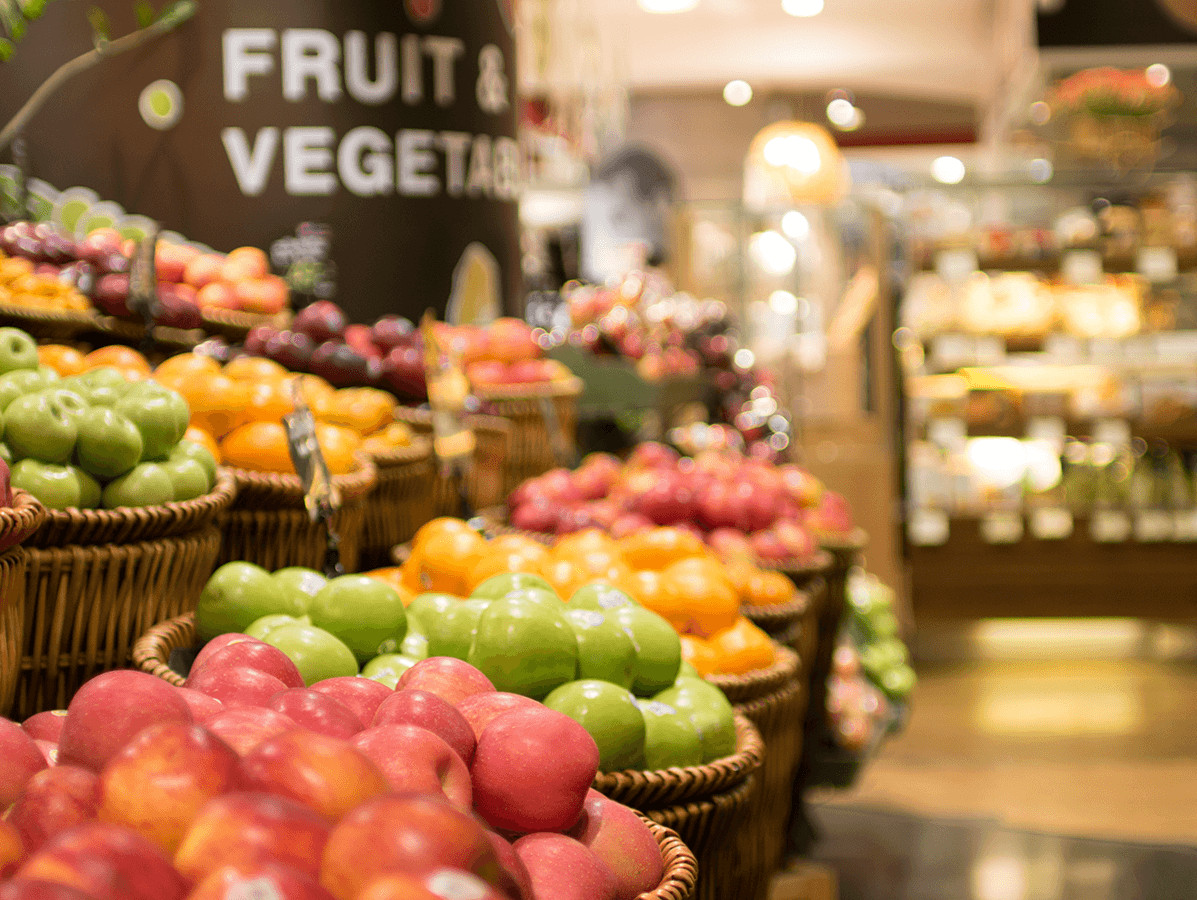
In theory, it is true. Lower the price of fruit and vegetables and consumers will buy more of these products and consume more. This is sorely needed, as the average Dutch person is far from achieving the target of 250 grams of vegetables and 200 grams of fruit per day. The average consumption is now 130 grams of vegetables and 113 grams of fruit per day.
If the government were to reduce the sales tax on vegetables and fruit to 0 per cent, Dutch consumers would be able to spend almost 500 million euros less on shopping. Various studies have shown that vegetables and fruit have an average price elasticity of around 0.5-0.6. This would mean that approximately half of the EUR 500 million savings would be used by consumers to buy more fruit and vegetables.
This would amount to around 15 grams of extra fruit and vegetables per day. That is one more cauliflower rose or three more grapes. This is still a long way from the recommended consumption. So more will be needed to get the Netherlands to eat more healthily. In addition, there are major bottlenecks in the implementation of the proposed VAT reduction, and it remains to be seen whether consumers will demonstrate the desired behavioural change, according to Rabobank.
The fact that the new cabinet is preaching healthier eating is obviously good news. The question is whether a VAT reduction on fruit and vegetables is the most effective way to make the Netherlands eat healthier. In general, a separate zero rate for fruit and vegetables has many snags. If The Hague wants to influence prices directly, Rabobank believes direct subsidies on healthy products or a separate tax on unhealthy products would be a better instrument.
Photo: Thaiview/Shutterstock.com
Source: Rabobank